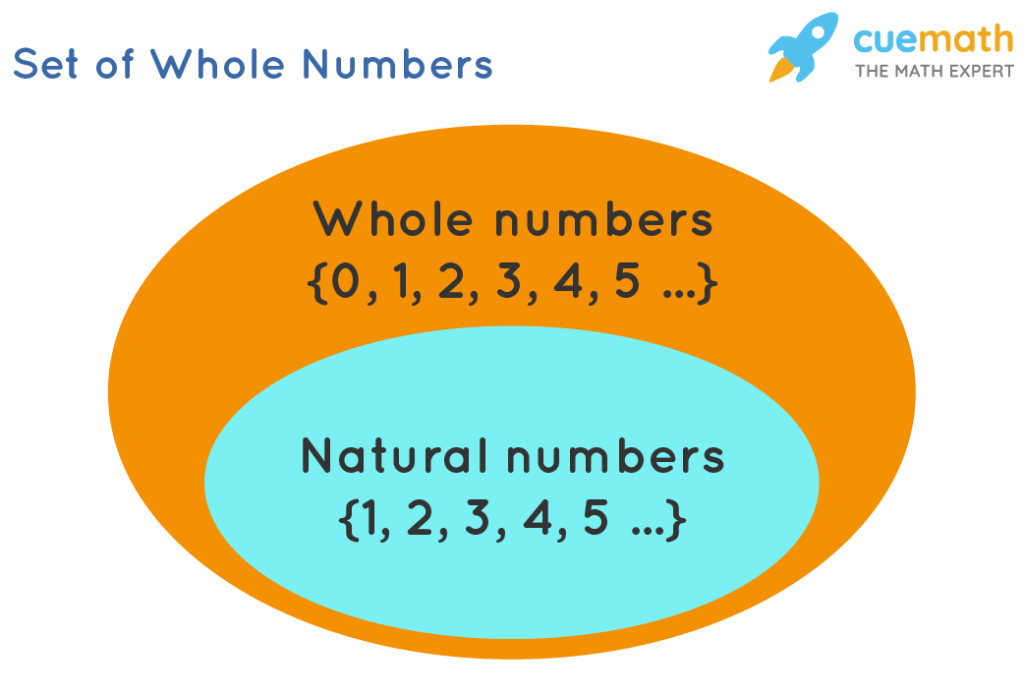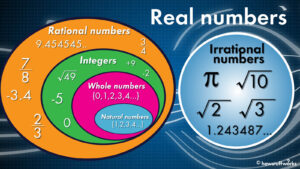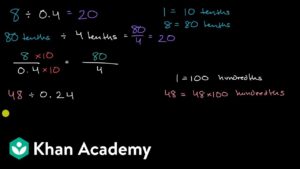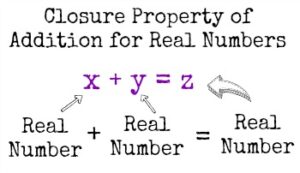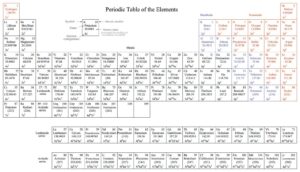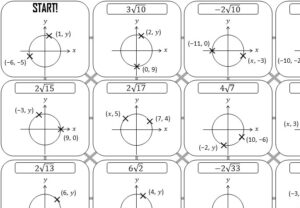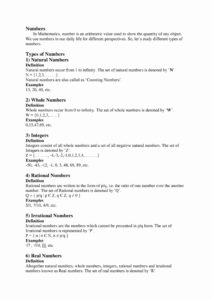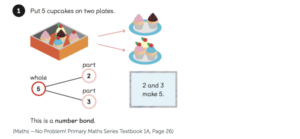Is the Set of Whole Numbers Closed Under Multiplying?
One of the most useful and most fundamental concepts in number theory, as well as in life in general, is that of the set of numbers closed under subtraction. In this article we will explore what this concept is, what its application is, how to apply it to real numbers, and why you might want to think about using it. After reading this article you should be familiar with the idea of the set of whole numbers closed under subtraction.
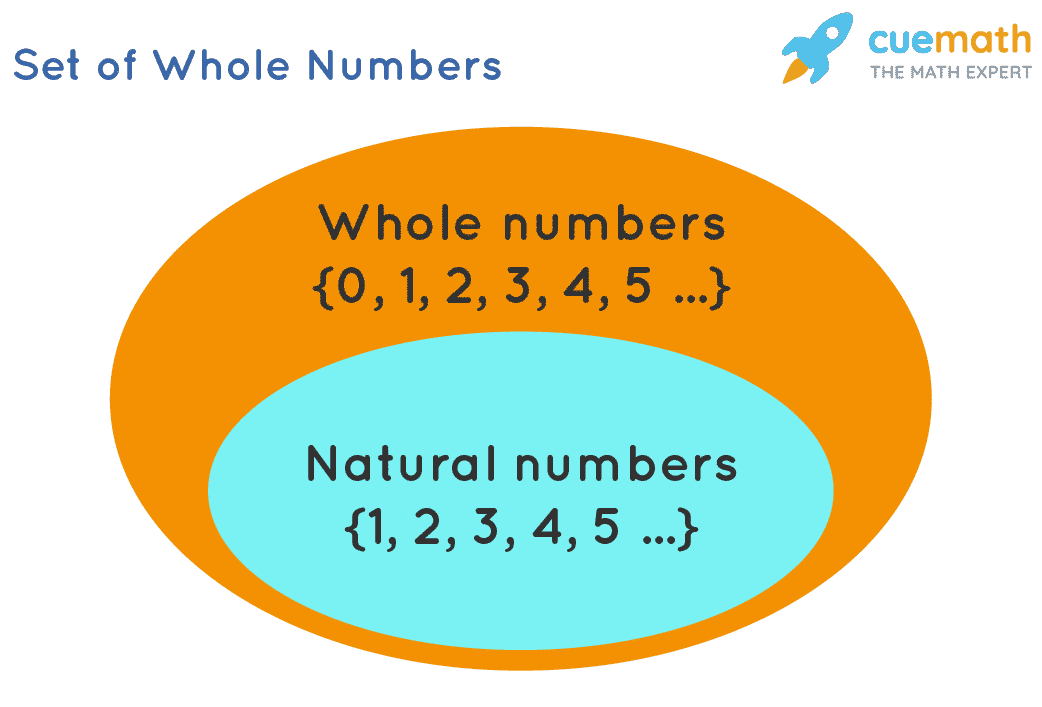
To understand how the set of whole numbers closed under subtraction works let us consider the definition of a sum. Take a number n and write down all the numbers between one andundred thousand that can be added to the value n. You will soon see that the sum increases exponentially as the numbers get bigger. We have now defined a sum as a finite sum. The same thing can be written as the cumulative sum of smaller sums.
The numbers that we wrote down above are sums of smaller sums. The numbers closed under this rule are not really sums of prime numbers or even of real numbers, but of sums of smaller numbers. The reason that the set of whole numbers closed under subtraction is called “closed” is because we can simply apply the law of addition to get the sum. We know that every number can be added up to form a bigger number, so we can just subtract them and get the right sum.
The series of numbers that follow, when subtracted, will give us the final answer. That answer is the sum of all the smaller sums. For instance, if we wanted to find out whether or not a certain number was prime, we would simply do the series of subtraction once more and find out. That series of numbers closed under subtraction will give us the answer “is the set of whole numbers closed under multiplication?”
The actual answer is “yes”. If the numbers were prime, then their sum would be “one”. However, because it isn’t prime, their sum is “infinity” (i.e. the sum is equal to zero). It is impossible for any number to be both prime and infinity, which is why “is the set of whole numbers closed under addition” is true – it is impossible to divide the numbers by prime numbers to get their sum.
The answer “is the set of whole numbers closed under subtraction” is true when the numbers to be subtracted are easy to find. If they are rare, or if their combination is very difficult to find, then their value is “infinity” and their answer is false. Here’s why: Suppose we were doing a science project and we needed to test some theory. If we had the whole numbers, we could run it through an exhaustive formula, find the answer and know for sure if the theory was true or false.
Here’s another example: Suppose we were testing a geometric shape, and were interested in finding out how many sides an object has. We could divide it into two smaller shapes, and then note how many sides each of those objects has. Using our new technique we can then conclude whether or not the object is convex, or concave. This is much easier to test than our original question, which was “is the set of whole numbers closed under multiplication.”
The answer is “yes”, if the sets are small enough. For large numbers, the answer is “no”, but for those smaller than a few dozen, “it depends”. It’s pretty clear to see that there isn’t any perfect science out there, but there are great methods that help us make progress in this area. It’s one of those areas where all the answers are known before hand, but not all of them can be proved right away (even when the correct answer exists).

